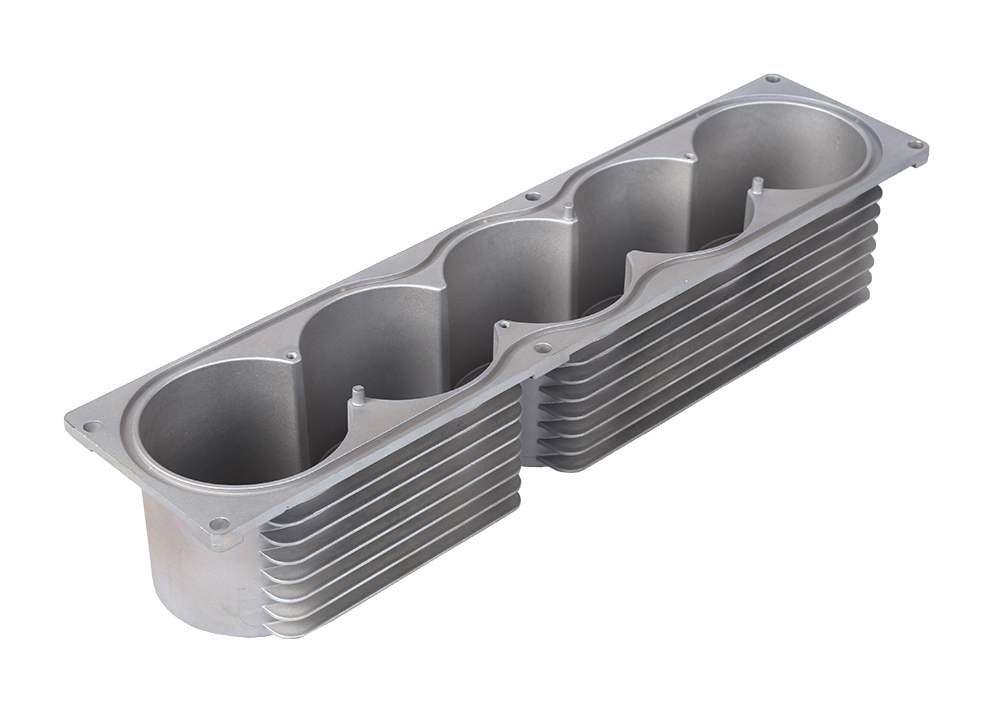Time:2022-12-02 Preview:
What should be paid attention to when using zinc alloy die casting? Zinc alloy is a kind of alloy based on zinc, adding aluminum, copper, magnesium, cadmium, lead, titanium and other elements. Zinc alloy has low melting point, good fluidity, easy welding, brazing and plastic processing, and is resistant to atmospheric corrosion. Deformed materials are easy to recover and remelt, but the creep strength is low, and the size is easy to change due to natural aging.
1. Poor corrosion resistance

When lead, cadmium, tin and other impurities in the alloy components exceed the standard, the castings will age and deform, showing volume expansion, mechanical properties, especially the decline of plasticity, and even long-term cracking. The solubility of lead, tin and cadmium in zinc alloy is relatively low. They concentrate at the grain boundary and become anions, while the aluminum rich solid solution becomes cations, which promotes the electrochemical corrosion between grains in the presence of water vapor (electrolyte). Intergranular corrosion leads to aging of die castings.
2. Aging effect
The microstructure of zinc alloy is mainly composed of zinc rich solid solution containing aluminum and copper and aluminum rich solid solution containing zinc. Its solubility decreases with the decrease of temperature. However, the solidification rate of die castings is very fast, so the solubility of solid solution at room temperature is largely saturated. After a period of time, this supersaturation phenomenon will gradually ease, and the shape and size of castings will change slightly.
3. Zinc alloy die castings shall not be used at high and low temperatures (below 0 ° C). Zinc alloy has good mechanical properties at room temperature. However, the tensile strength at high temperature and the impact strength at low temperature decreased significantly.
Burrs on the surface of zinc alloy die castings are caused by insufficient clamping force, poor clamping, insufficient die strength and high melting temperature. This phenomenon is called the front end of the product, which is usually a post-processing process that enterprises need to face. According to the characteristics of the product, it is mainly solved by manual grinding, oxyhydrogen sand blasting and diamond frozen shot blasting machine.
 Related News
Related News·Medical parts CNC processing ·Reasons and solutions for unqualified zinc alloy pressure castings ·How to repair problems in metal die casting? ·What does CNC processing do? ·These are the high raw materials used in precision parts processing ·CNC processing comparison of the advantages of 3D printing ·How to choose a suitable CNC machining center manufacturer for oneself ·Large CNC processing center processing ·What are the differences between 3 axes, 4 axes, and 5 axes in CNC parts processing ·Advantages of CNC processing


